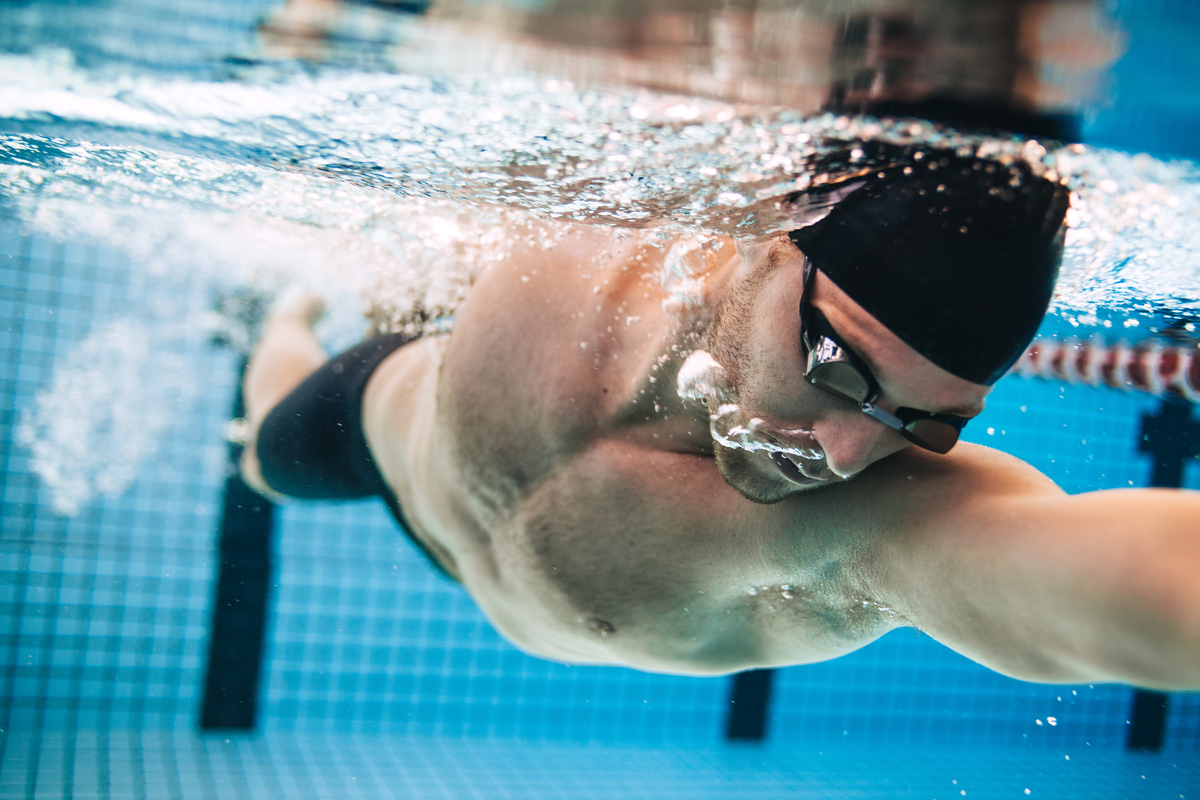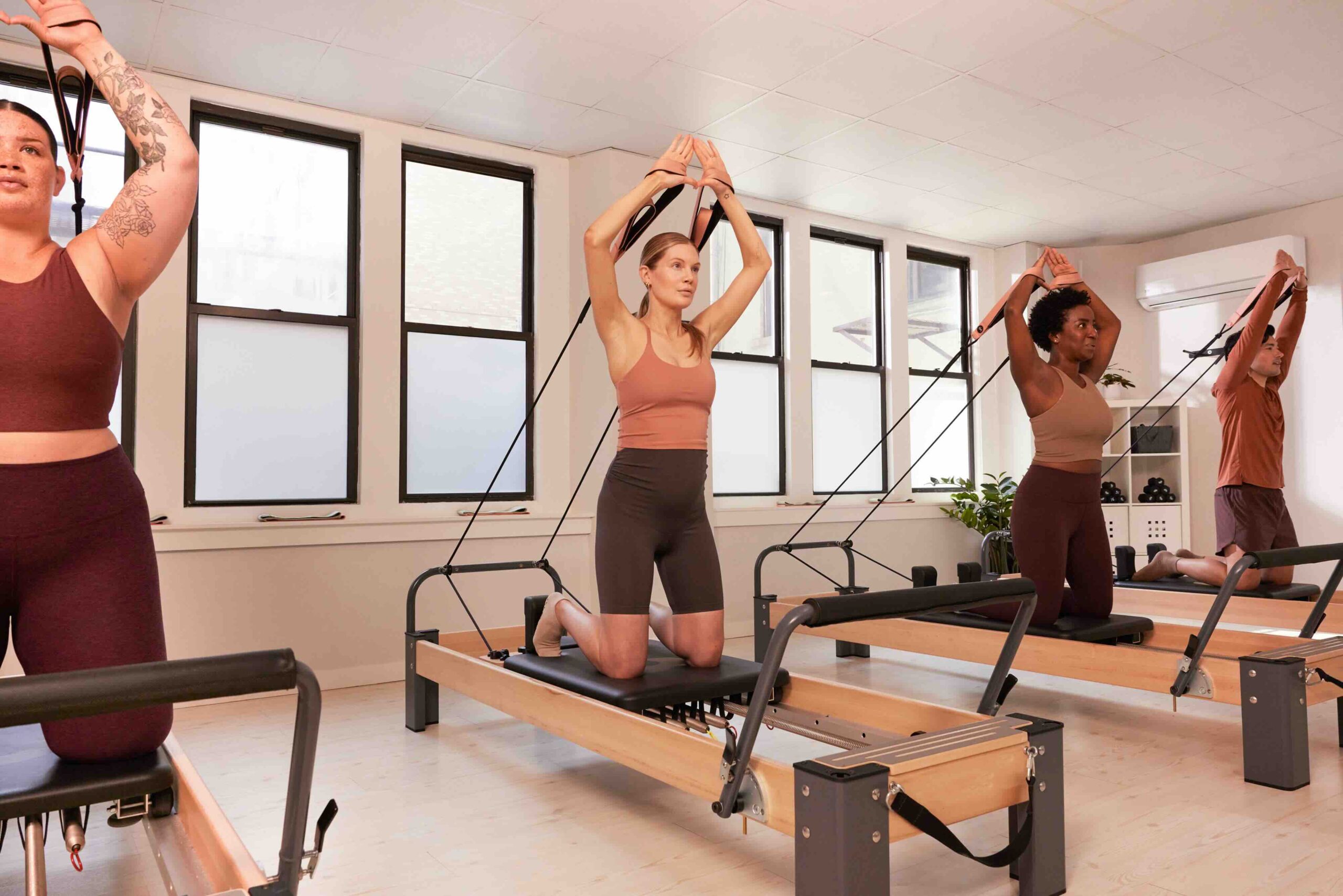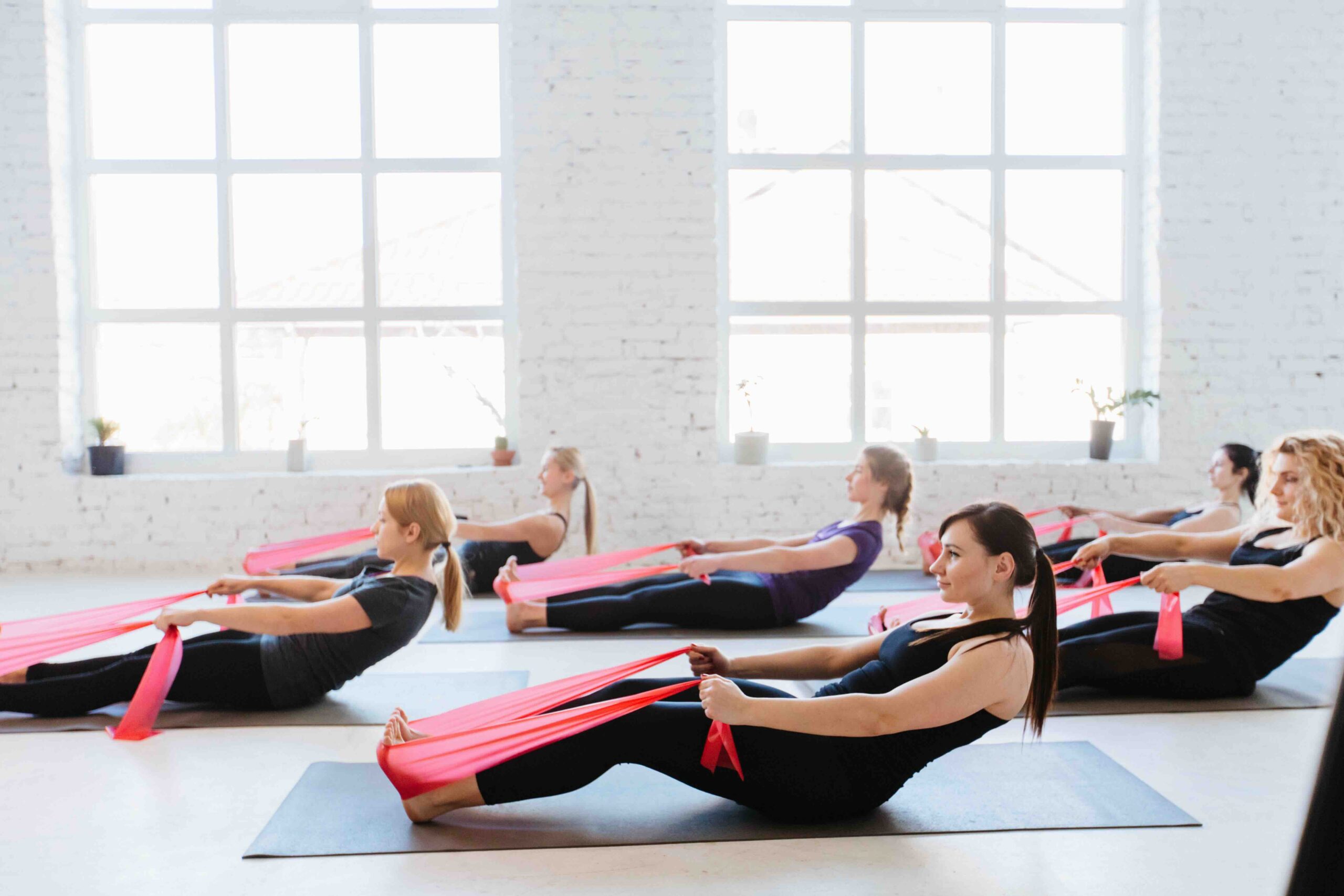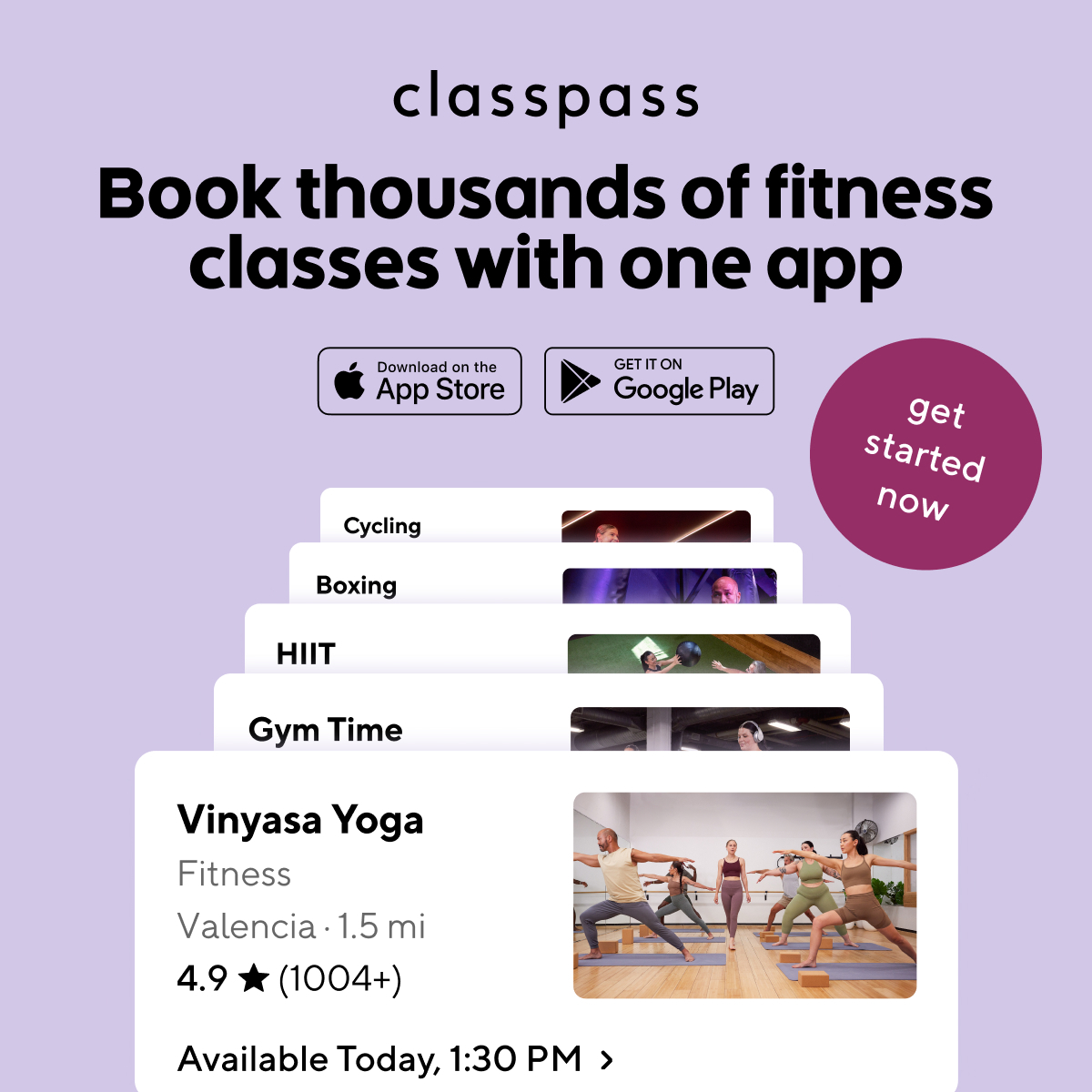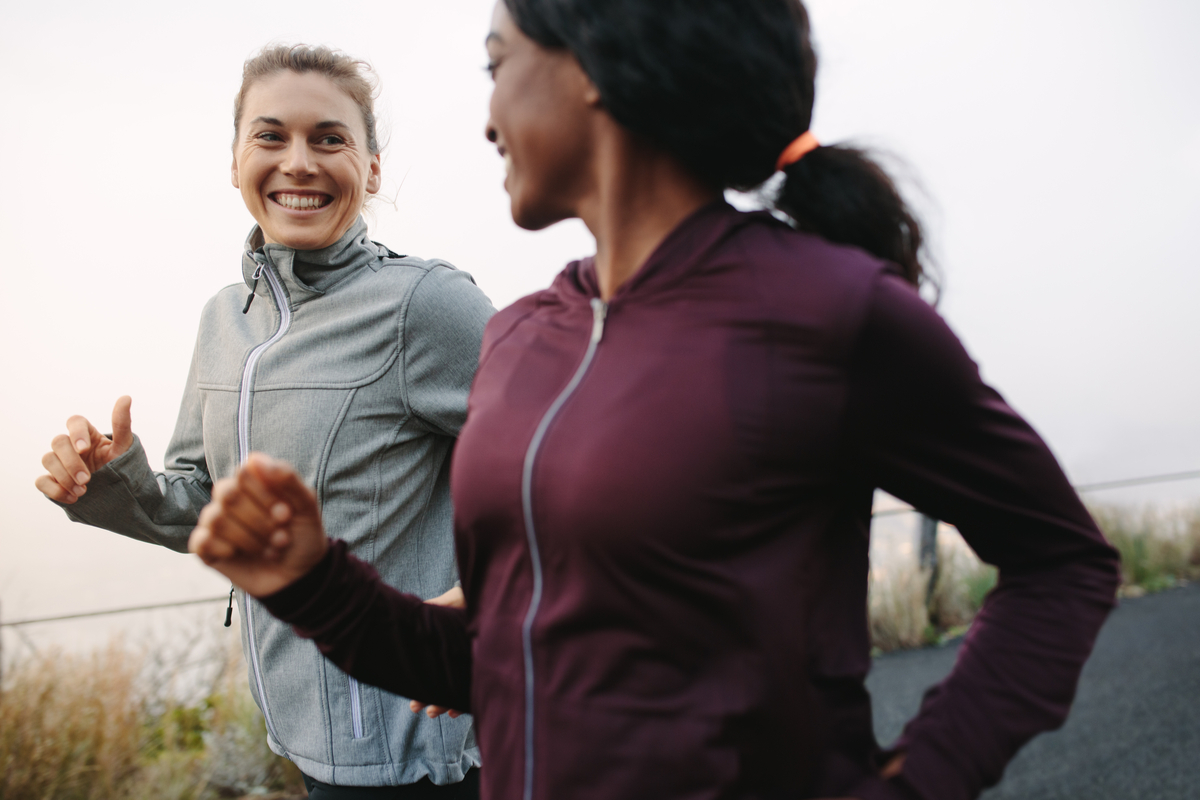It tones muscles, cuts more calories than running, and is safe on your joints. Does this workout seriously exist? (Answer: yes.) If you’re looking for a low-impact exercise to weave between your high-intensity cardio classes, consider taking a few laps in the pool or jumping onto a row machine. These workouts are often overlooked and thought to not work the body as hard as other cardio exercises, but in reality, swimming and rowing are one of the best all-around workouts you can practice. They target the majority of your muscle groups and rapidly burn calories in a short amount of time.
If you’re curious about trying one of these exercises, should you grab for your suit or strap in your sneakers?
Rowing vs swimming
Both swimming and rowing offer a low-impact, cardio-intensive workout that targets nearly every muscle group in your body. If you’re looking for a workout to nurse a pulled or strained area, swimming offers one of the lowest-impact workouts plus high resistance so you won’t accidentally jerk or jar the injured muscle.
However, where swimming works mostly the arms and legs, rowing impacts almost the entire body—a total of nine muscle groups: quads, hamstrings, glutes, lats, core, shoulders, triceps, back and biceps. You can’t go wrong with either workout, but if saving time and getting an all-around sweat-inducing, calorie-burning, muscle-toning workout is your goal for the day, find a rowing class or rowing machine. And drive, two, three!
Swimming
Swimming is often substituted as a workout for people recovering from surgery or pulled muscles, and it makes sense once you break down its benefits. It’s one of the lowest-impact workouts on the market. In water, your body is 90 percent buoyant, so moves aren’t as jarring as they would be when practiced on land. In addition, water offers resistance, which holds back muscles from making sudden movements—ideal for taking care of strains or building muscular strength and flexibility.
If you’re a victim of asthma, a recent study showed swimming helps alleviate those symptoms—(cough, cough) like coughing—because you’re able to breathe in moist air, unlike when you’re in a studio or outside. Children who completed a six-week swimming program saw improvements in symptom severity, snoring, mouth-breathing, and hospitalization and ER visits. But even those without asthma will find an increase in overall lung volume and better use of breathing techniques.
Calories burned while swimming
In addition to being easy on your joints and lungs, a few laps in a pool or lake quickly crunch calories. Just 10 minutes of swimming will burn 60 calories with the breast stroke, 80 calories with the backstroke, 100 calories with freestyle, and 150 with the butterfly stroke.
To compare, you’ll burn about 100 calories running a 10-minute mile. Of course, finding a pool or clean lake isn’t always an easy task, and you might be a little leery of this workout if you aren’t a strong swimmer. It’s never too late to challenge yourself to take a few lessons, but with the popularity rowing has gained in the past few years you’ll likely find a machine nearby to jump on.
Rowing
The rowing craze is sliding in, and gyms dedicated solely to the sport are popping up across the country. If you’re still waiting for that studio to make it to your city, take a look around your gym for a rowing machine the next time you visit. This exercise can look like a simple task to outsiders, so the machine is often free. However, rowing is one of the few workouts that targets nearly every muscle group. A whopping 84 percent of your muscles will feel the burn during just one workout. Many classes are offered in 30-, 45-, or 60-minute intervals and may even include a period of push-ups, lunges and sit ups away from the machine during the middle or end of class.
Calories burned while rowing
An average one-hour rowing session can burn up to 800 calories. Like swimming, this low-impact workout is safe on your joints but doesn’t skimp on cardio, which is ideal for runners, those recovering from surgery or a pulled muscle, and even people looking to get back into shape. The sliding seat transfers your weight for a lighter load on your body and a smoother transition to other intense activities, like a cardio dance class or jogging.
However, if you’re not properly trained before jumping on a machine, you may set yourself up for back strain, so work with a trainer or join a beginners class prior to trying it out on your own. Within about 10 minutes, you’ll understand exactly what flywheel, 1:2 resistance and drive really mean. Rowing is all about how hard you want to push and pull the machine so, like swimming, you’re able to customize a session that fits you.
